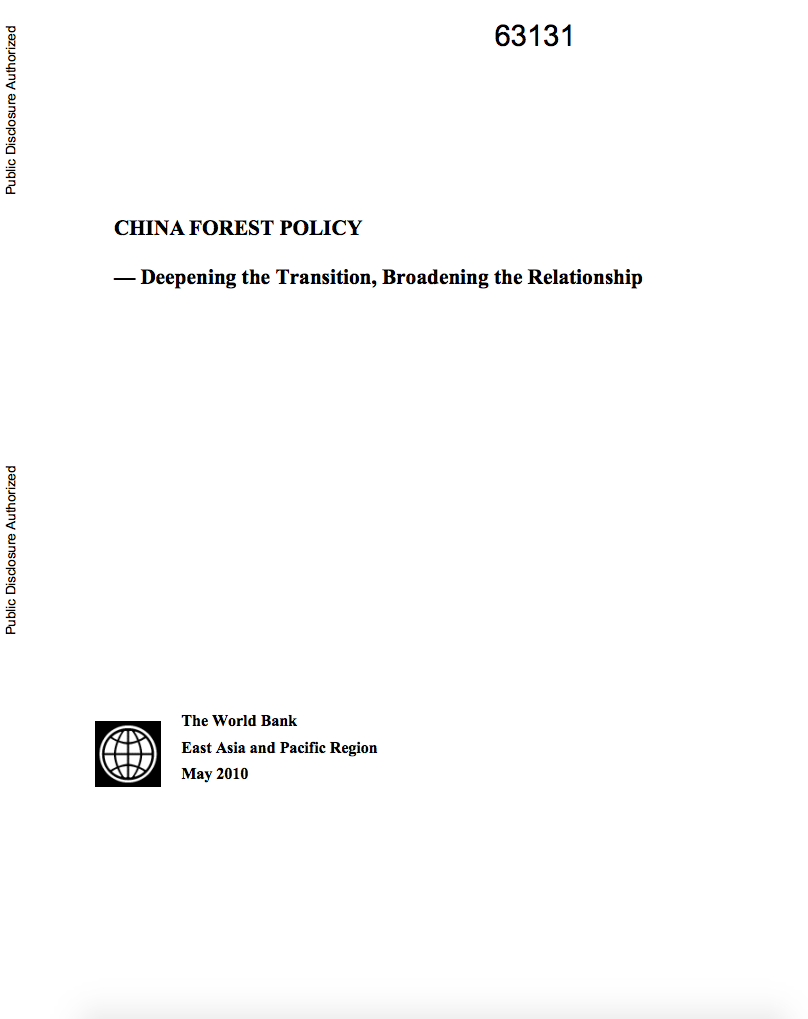Resource information
A pattern of forest area loss followed
by a period of reforestation is representative of the forest
transition process. Forest transition has been observed in
many countries and is a feature of the development process.
China reached its inflection point earlier and faster than
most other countries that have gone through the transition.
The report describes the success of reforms to forest
resource tenure in collective forest areas. These reforms,
which collectively amount to the largest transfer of forest
assets in history, have effectively extended forest
ownership to a million, mostly poor, rural households. These
reforms have increased forest-based incomes, have increased
timber harvests, and have done so sustainably by virtue of
increasing planting and forest management and resource
protection effort. The World Bank work in China's
forestry sector has been successful. However, the
developments discussed in this report raise new
opportunities and challenges. It is no longer clear, for
example, that World Bank loans are especially important in
relation to the financing of commercial plantations. While
the Bank has begun to move its plantation financing to
public goods, or ecological plantings, these are other
opportunities. This report brings together findings from
Bank-supported studies with experience gleaned from Bank
support of over $1 billion in forestry projects. Chapter one
introduces the contents and approach of the report. Chapter
two summarizes key data and information of China's
forest sector and resources. Chapter three presents findings
on collective forest tenure reform and chapter four,
potential forest supply. Chapter five concludes with
findings to clarify choices and options available to the
World Bank and China for moving ahead in forestry.


